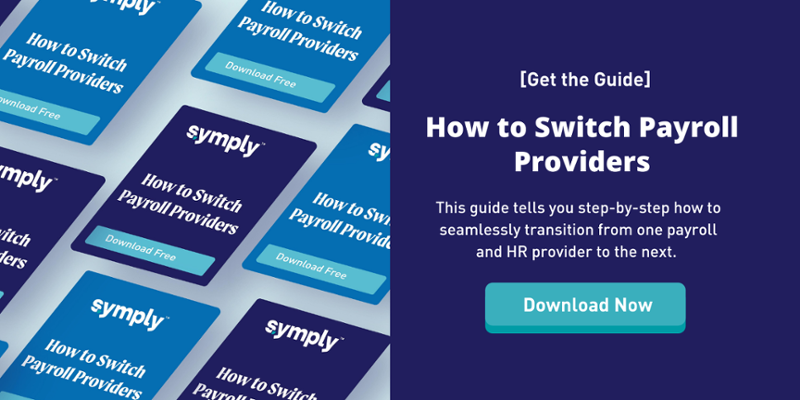
If you are not in the position to hand out company cars your next best bet is to offer mileage reimbursement to employees who travel as a part of their job. Some positions require more travel than others but ultimately it is best to be sure your employees are being reimbursed for any job-related tasks that require the use of their personal vehicle. Luckily, the IRS releases standard mileage rates adjusted annually for inflation with consideration of the insurance, maintenance, licensing, and fueling costs of vehicles to help you guide you.
Mileage Rates for 2021
- 56 cents per mile for business miles driven
- 16 cents per mile driven for medical or moving purposes
- 14 cents per mile driven in service of charitable organizations
How much should I pay for mileage reimbursement?
Most companies choose to pay the standard 56 cents per mile to reimburse employees. It’s important to note that the standard rates from the IRS represent the maximum rate an employer can use for tax-free reimbursement. If you choose to pay more than the maximum rate, anything above will be treated as taxable income to the employee.
Am I required to pay mileage reimbursement?
By federal law, no, you are not required to pay mileage reimbursement. However, you must ensure that employees using their personal vehicles for business purposes do not take on expenses that would drop their pay below minimum wage.
By state law, possibly. Some states require employees to be reimbursed for all business-related travel expenses including mileage. It is best to double-check your state laws periodically to be sure you are in compliance.
Benefits of offering mileage reimbursement:
- Attract and retain quality employees. Competition for qualified people is stiff these days and something like mileage reimbursement or lack thereof could be a real deal-breaker.
- Mileage reimbursement can lead to cheaper taxes for the employer since it is a deductible business-related expense.
- Keeps employees happy and motivated. When you ask an employee to take on a business-related task, they will be much more likely to spring into action knowing they will be compensated fairly and timely.
How do I track my employee's mileage?
Yep, you guessed it. There’s an app for that! There are actually several apps you can check out but let’s not forget the power of a good ol’ spreadsheet. Whatever method of tracking you choose, be sure it includes:
- Date
- Purpose
- Starting location
- Ending location
- Miles traveled
- Total Miles
An easy trick for employees to manage their mileage is to use Google maps. Just enter the starting and ending location and record the distance on your spreadsheet. This trick can also be used by employers to verify submitted tracking sheets for accuracy.
How do I pay out mileage reimbursement?
Some companies collect and distributed mileage reimbursements sporadically by running off-cycle payrolls. This can become costly when you are paying for each payroll processed. Another option is to bundle mileage reimbursements with your regular payroll. If you use payroll software like Symply, you can easily add reimburse employees when you run payroll.
